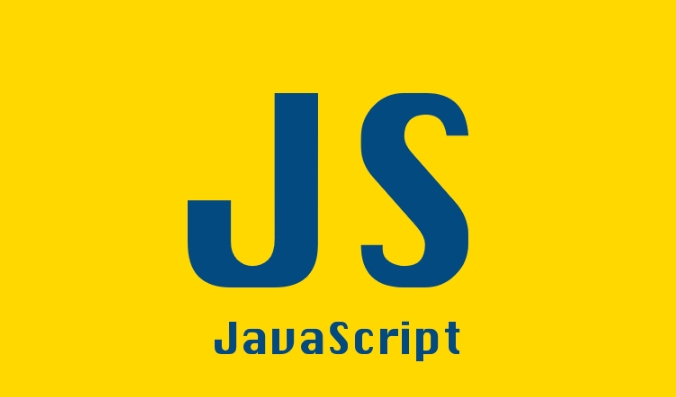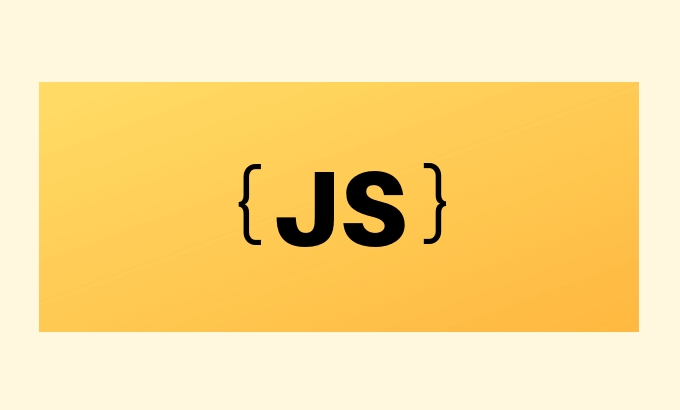There are three ways to pass parameters using setTimeout in JavaScript: direct parameter transmission, combined with arrow function encapsulation, and use closure functions. The first method is to write the parameters after the time in setTimeout, such as setTimeout(greet, 1000, 'Alice', 'Hello'); the second method is encapsulated by arrow functions, which can flexibly control parameters and advance processing logic, such as setTimeout(() => greet('Bob', 'Hi'), 1500); the third method is to use closure functions, which are suitable for compatibility issues or complex scenarios, such as setTimeout(function() { greet('Charlie', 'Good morning'); }, 2000). It should be noted that the basic type parameters are passed safely, while the objects or arrays pass references, which may be modified. At the same time, some old environments may have compatibility issues.

When using setTimeout in JavaScript, if you want to pass parameters to the called function, the method is actually very simple, but some details are easily overlooked. You just need to write the parameters after the timer in turn when setting the timer.

Basic usage: setTimeout with parameters
The basic structure of setTimeout is:
setTimeout(function, delay, param1, param2, ...);
Starting from the third parameter, it is the parameters you want to pass to the objective function. For example:

function greet(name, message) {
console.log(`${message}, ${name}!`);
}
setTimeout(greet, 1000, 'Alice', 'Hello');
// Output in one second: Hello, Alice!This approach works for most modern browsers and Node.js environments. If you just want to simply pass parameters without needing additional wrapping functions, this is the most straightforward way to do it.
Use arrow functions to simplify logic
Sometimes you may want to control parameters more flexibly, or perform some judgments or processing while passing them. At this time, you can combine arrow functions to encapsulate:

setTimeout(() => greet('Bob', 'Hi'), 1500);
The advantage of this method is that you can freely combine parameters and even calculate values in advance:
- You can make conditional judgments in the arrow function before deciding whether to execute the original function
- You can reuse existing variables, such as
let now = Date.now(); setTimeout(() => logTime(now), 100); - More suitable for small logic that is executed only once
However, be aware that if you use this method frequently, it may make the code difficult to track, especially when there are many nesting levels.
Pay attention to compatibility and parameter types
Although mainstream environments support setTimeout parameter transfer, there may be compatibility issues in some old systems or some special running environments (such as some applet frameworks). You can consider two alternatives at this time:
- Store the parameter in an external variable and reference this variable in the callback function
- Use closure functions instead of direct argument transfer, for example:
setTimeout(function() {
greet('Charlie', 'Good morning');
}, 2000);In addition, pay attention to the type of parameter transmission:
- No problem with basic types (strings, numbers, etc.)
- If the object or array is passed, be careful that they may be modified during delays, because
setTimeoutis passed by a reference rather than a deep copy
Let's summarize
The method of passing parameters using setTimeout is actually not complicated. The focus is on understanding the parameter delivery method, paying attention to execution context and compatibility issues. As long as you choose the right method according to the situation in actual development, you can basically avoid most of the pitfalls.
The above is the detailed content of How to Use setTimeout with Parameters in JavaScript. For more information, please follow other related articles on the PHP Chinese website!

Hot AI Tools

Undress AI Tool
Undress images for free

Undresser.AI Undress
AI-powered app for creating realistic nude photos

AI Clothes Remover
Online AI tool for removing clothes from photos.

Clothoff.io
AI clothes remover

Video Face Swap
Swap faces in any video effortlessly with our completely free AI face swap tool!

Hot Article

Hot Tools

Notepad++7.3.1
Easy-to-use and free code editor

SublimeText3 Chinese version
Chinese version, very easy to use

Zend Studio 13.0.1
Powerful PHP integrated development environment

Dreamweaver CS6
Visual web development tools

SublimeText3 Mac version
God-level code editing software (SublimeText3)

Hot Topics
 Java vs. JavaScript: Clearing Up the Confusion
Jun 20, 2025 am 12:27 AM
Java vs. JavaScript: Clearing Up the Confusion
Jun 20, 2025 am 12:27 AM
Java and JavaScript are different programming languages, each suitable for different application scenarios. Java is used for large enterprise and mobile application development, while JavaScript is mainly used for web page development.
 Javascript Comments: short explanation
Jun 19, 2025 am 12:40 AM
Javascript Comments: short explanation
Jun 19, 2025 am 12:40 AM
JavaScriptcommentsareessentialformaintaining,reading,andguidingcodeexecution.1)Single-linecommentsareusedforquickexplanations.2)Multi-linecommentsexplaincomplexlogicorprovidedetaileddocumentation.3)Inlinecommentsclarifyspecificpartsofcode.Bestpractic
 How to work with dates and times in js?
Jul 01, 2025 am 01:27 AM
How to work with dates and times in js?
Jul 01, 2025 am 01:27 AM
The following points should be noted when processing dates and time in JavaScript: 1. There are many ways to create Date objects. It is recommended to use ISO format strings to ensure compatibility; 2. Get and set time information can be obtained and set methods, and note that the month starts from 0; 3. Manually formatting dates requires strings, and third-party libraries can also be used; 4. It is recommended to use libraries that support time zones, such as Luxon. Mastering these key points can effectively avoid common mistakes.
 Why should you place tags at the bottom of the ?
Jul 02, 2025 am 01:22 AM
Why should you place tags at the bottom of the ?
Jul 02, 2025 am 01:22 AM
PlacingtagsatthebottomofablogpostorwebpageservespracticalpurposesforSEO,userexperience,anddesign.1.IthelpswithSEObyallowingsearchenginestoaccesskeyword-relevanttagswithoutclutteringthemaincontent.2.Itimprovesuserexperiencebykeepingthefocusonthearticl
 JavaScript vs. Java: A Comprehensive Comparison for Developers
Jun 20, 2025 am 12:21 AM
JavaScript vs. Java: A Comprehensive Comparison for Developers
Jun 20, 2025 am 12:21 AM
JavaScriptispreferredforwebdevelopment,whileJavaisbetterforlarge-scalebackendsystemsandAndroidapps.1)JavaScriptexcelsincreatinginteractivewebexperienceswithitsdynamicnatureandDOMmanipulation.2)Javaoffersstrongtypingandobject-orientedfeatures,idealfor
 JavaScript: Exploring Data Types for Efficient Coding
Jun 20, 2025 am 12:46 AM
JavaScript: Exploring Data Types for Efficient Coding
Jun 20, 2025 am 12:46 AM
JavaScripthassevenfundamentaldatatypes:number,string,boolean,undefined,null,object,andsymbol.1)Numbersuseadouble-precisionformat,usefulforwidevaluerangesbutbecautiouswithfloating-pointarithmetic.2)Stringsareimmutable,useefficientconcatenationmethodsf
 What is event bubbling and capturing in the DOM?
Jul 02, 2025 am 01:19 AM
What is event bubbling and capturing in the DOM?
Jul 02, 2025 am 01:19 AM
Event capture and bubble are two stages of event propagation in DOM. Capture is from the top layer to the target element, and bubble is from the target element to the top layer. 1. Event capture is implemented by setting the useCapture parameter of addEventListener to true; 2. Event bubble is the default behavior, useCapture is set to false or omitted; 3. Event propagation can be used to prevent event propagation; 4. Event bubbling supports event delegation to improve dynamic content processing efficiency; 5. Capture can be used to intercept events in advance, such as logging or error processing. Understanding these two phases helps to accurately control the timing and how JavaScript responds to user operations.
 What's the Difference Between Java and JavaScript?
Jun 17, 2025 am 09:17 AM
What's the Difference Between Java and JavaScript?
Jun 17, 2025 am 09:17 AM
Java and JavaScript are different programming languages. 1.Java is a statically typed and compiled language, suitable for enterprise applications and large systems. 2. JavaScript is a dynamic type and interpreted language, mainly used for web interaction and front-end development.






